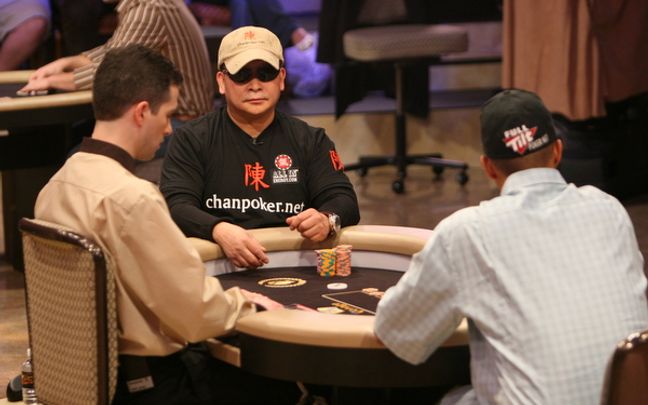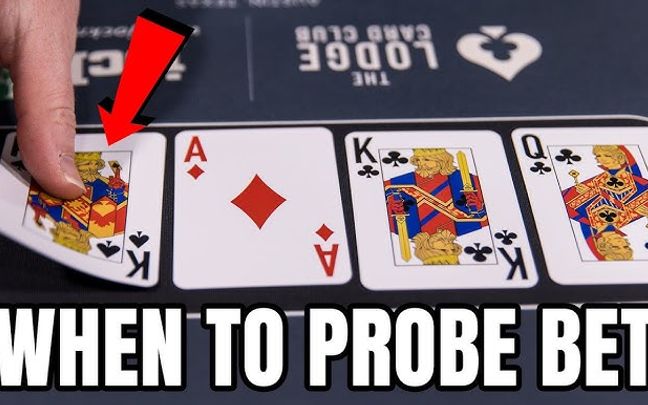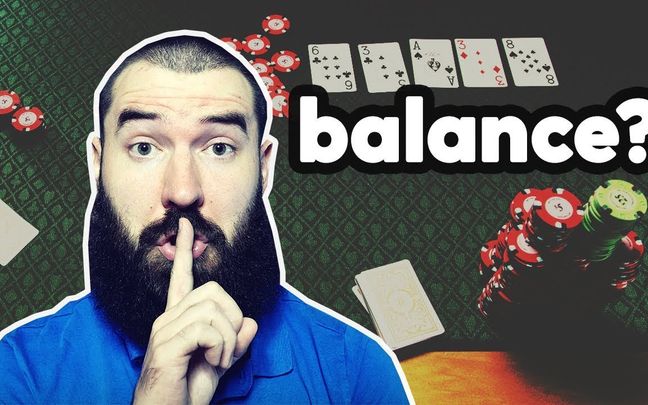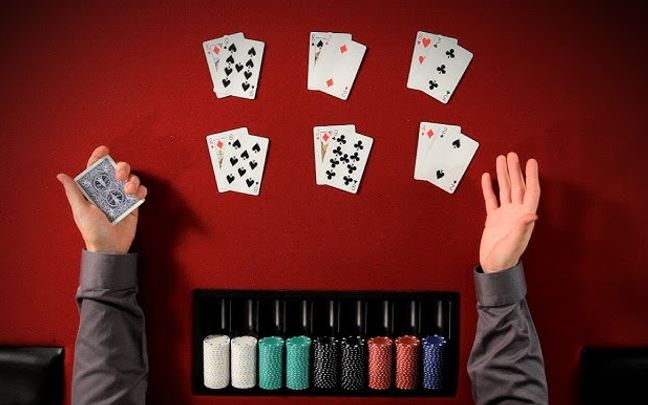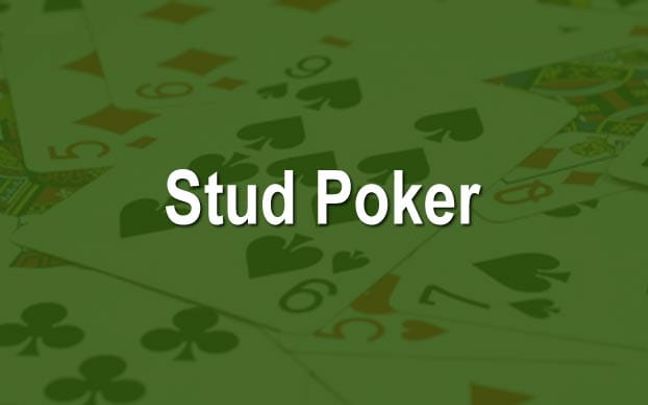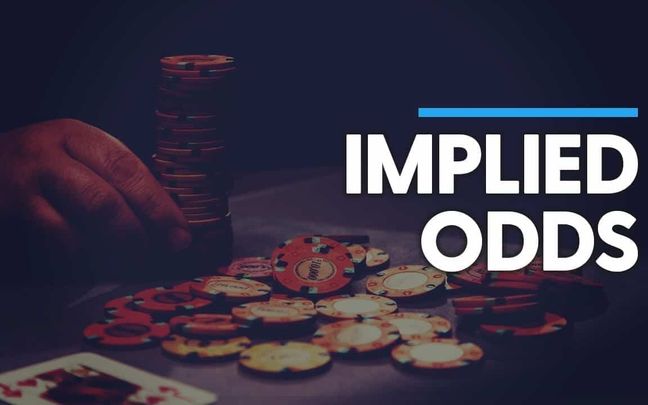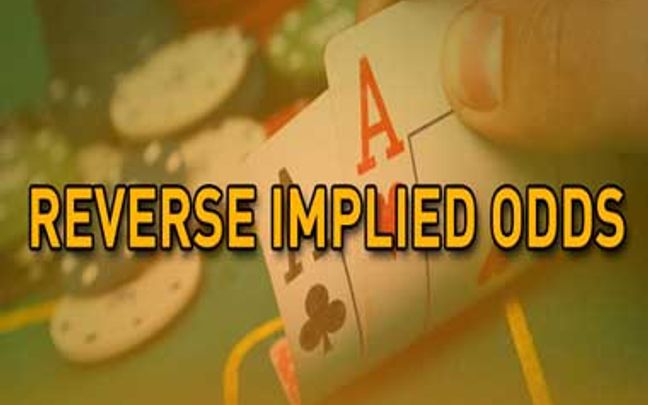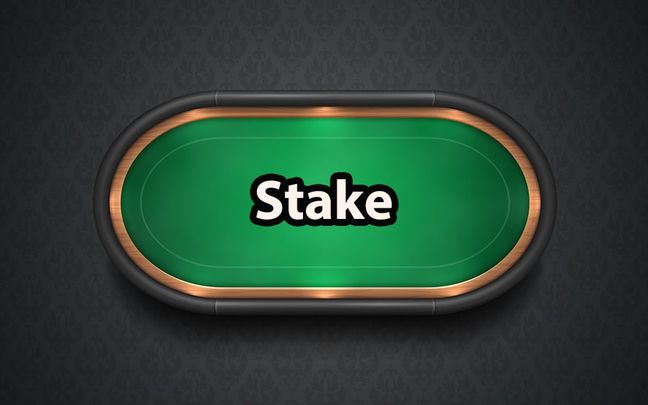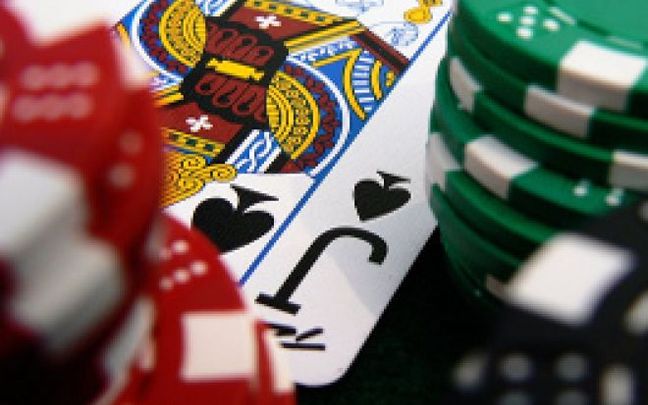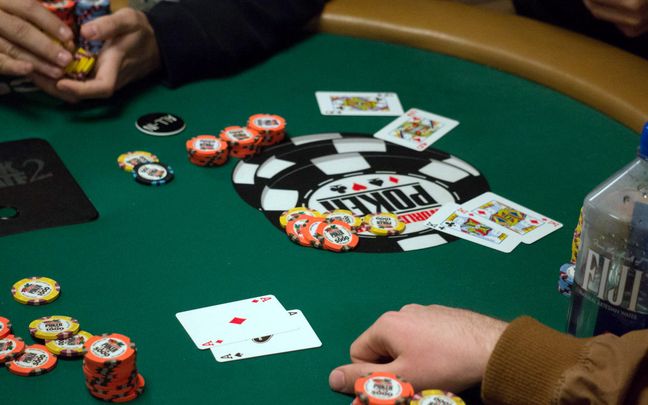Poker Equity is a core concept in the world of poker, which directly determines the winning ability of each hand. Understanding and applying Poker Equity correctly will not only help you make accurate decisions, but it will also maximize your chances of winning. In this article, we will explore in detail what Poker Equity is, how to calculate it, and use it to develop an effective poker strategy.

What is Poker Equity?
Poker Equity is a crucial concept in poker that describes the percentage chance of winning in a specific situation. Poker Equity helps you understand the value of your hand relative to the potential hands of your opponents at each stage of the game.
Pre-flop Equity: This represents your percentage chance of winning before any community cards are dealt. For example, if you hold pocket Aces (AA) and your opponent has pocket Kings (KK), your equity is approximately 81% compared to 19% for your opponent.
Post-flop, Turn, and River Equity: Your equity can change after each community card is revealed (flop, turn, river). For instance, if you have pocket Kings (KK) and the flop shows three cards, two of which are suited with your hand, your equity might significantly increase if your opponent does not have a set or a strong hand.

Calculating Poker Equity
Calculating Poker Equity is a crucial part of playing poker effectively, as it helps you estimate your chances of winning in specific situations. There are various methods to calculate Poker Equity, but one of the most popular ways is to use specialized software and online tools such as PokerStove, Equilab, or similar tools. These tools provide highly accurate calculations by allowing you to input your hand along with your opponent's hand or a range of hands they might hold.
To calculate Poker Equity, you need to accurately determine your opponent's hand range if you don't know their exact hand. A hand range is a set of possible hands that your opponent might be holding based on factors such as their playing style, position at the table, and previous actions. Estimating your opponent's hand range accurately is crucial as it directly impacts the Poker Equity calculation.
A common method used in Poker Equity tools is Monte Carlo simulation. This technique performs thousands of random simulations of the remaining hands to estimate the probability of your hand winning against your opponent's hand range. By running numerous simulations, these tools provide a number that closely approximates the actual probability of your hand winning, tying, or losing in a given situation. Monte Carlo simulation offers a clear and accurate view of your success chances in various poker game scenarios.

Using Poker Equity Strategy
Understanding Poker Equity helps you make more informed decisions in various poker situations, thus maximizing your chances of winning. Mastering this concept and incorporating it into your strategy is a crucial step toward becoming a successful poker player.
Decision-Making Based on Equity
Knowing your Equity in a specific situation can help you make better strategic decisions. Equity is the probability of winning the pot if all the remaining cards are dealt. When you know you have high Equity, meaning a strong chance of winning, you can confidently raise or call without fearing significant losses. Conversely, if your Equity is low, indicating a weaker hand, you should consider folding to avoid losing more money. This is especially important in situations like high-stakes betting or facing strong opponents.
Pot Odds and Equity
Pot odds represent the ratio between the amount you need to call and the total pot size. For instance, if the current pot is $100 and you need to call $20, your pot odds are 5:1. To decide whether to call, compare your Poker Equity with the pot odds. If your Equity is higher than the pot odds, it means your chance of winning is sufficient to justify the call. Conversely, if your Equity is lower than the pot odds, you should consider folding, as calling in this scenario does not provide long-term value.
Bluffing and Semi-Bluffing
Understanding Poker Equity also helps you determine when to bluff (betting without a strong hand) or semi-bluff (betting with a hand that could improve). Bluffing is a strategy used to force opponents to fold stronger hands by showing strength through your bets. Semi-bluffing involves betting with a currently weak hand that has the potential to improve in future betting rounds. If your Poker Equity is relatively high but your hand is not yet complete, semi-bluffing can be a good strategy because even if your opponent calls, you still have a chance to improve your hand and win in later rounds.
Countering Bluffs
When opponents attempt to bluff, understanding your Poker Equity helps you decide whether to call or not. If you know your hand has better chances compared to your opponent's potential range, you can call their bluff. For example, if you’ve identified that your opponent frequently bluffs in certain situations and your hand has good Equity, calling can catch their bluff. This not only helps you win the pot but also sends a message to your opponents that they cannot easily bluff you, thereby reducing their future bluff attempts.
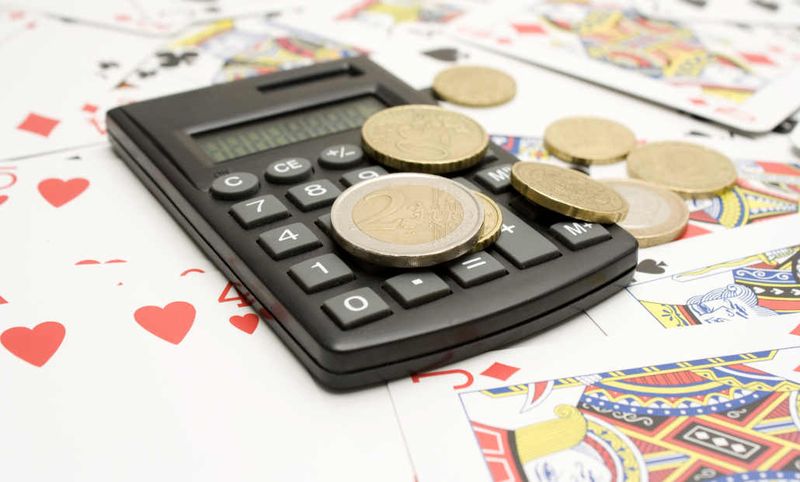
Poker Equity is not only a number, but also a powerful tool that helps you make smart strategic decisions. By mastering this concept and applying it to different poker situations, you can enhance your playing skills and improve your chances of winning. Put your Poker Equity knowledge into practice and experience the difference in each hand.

